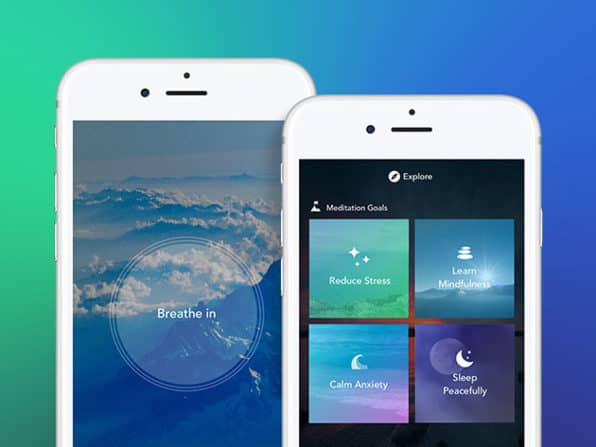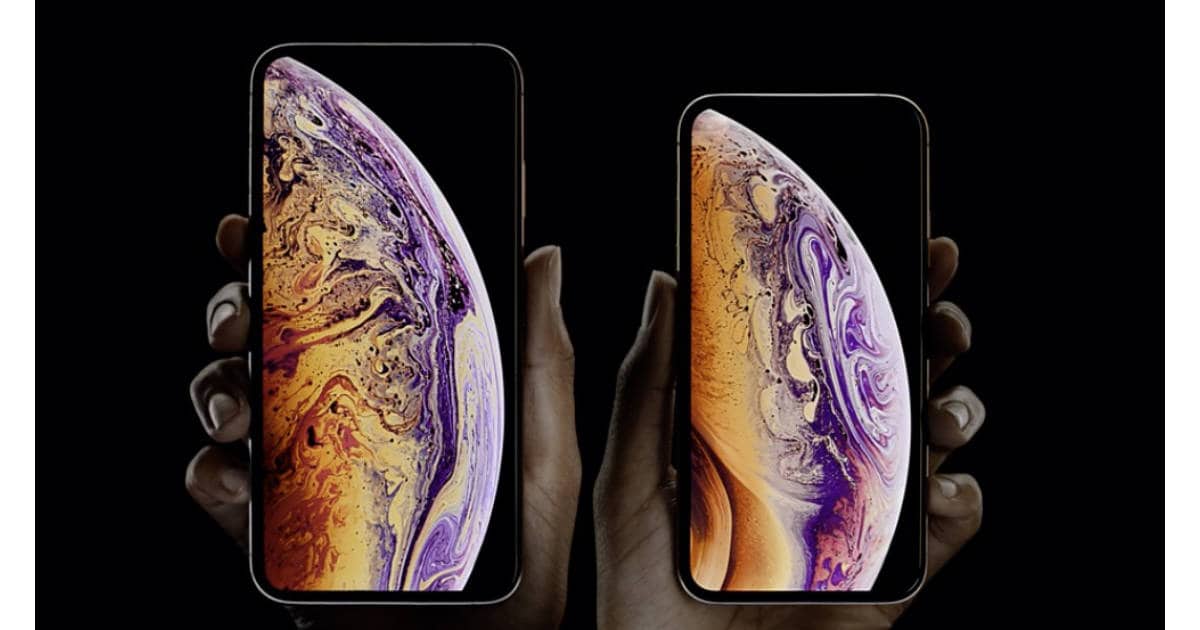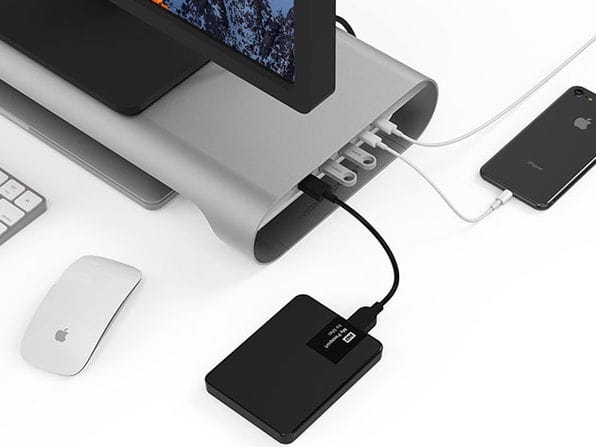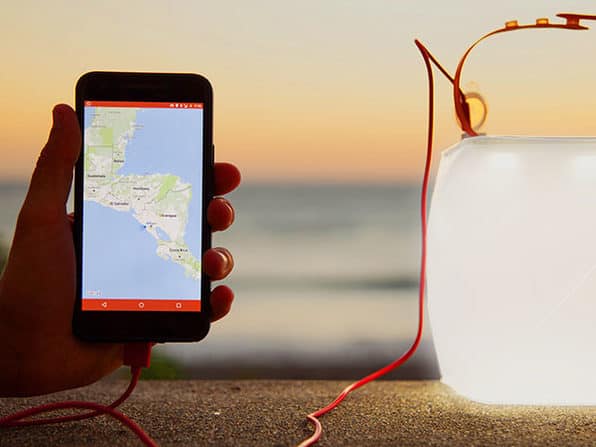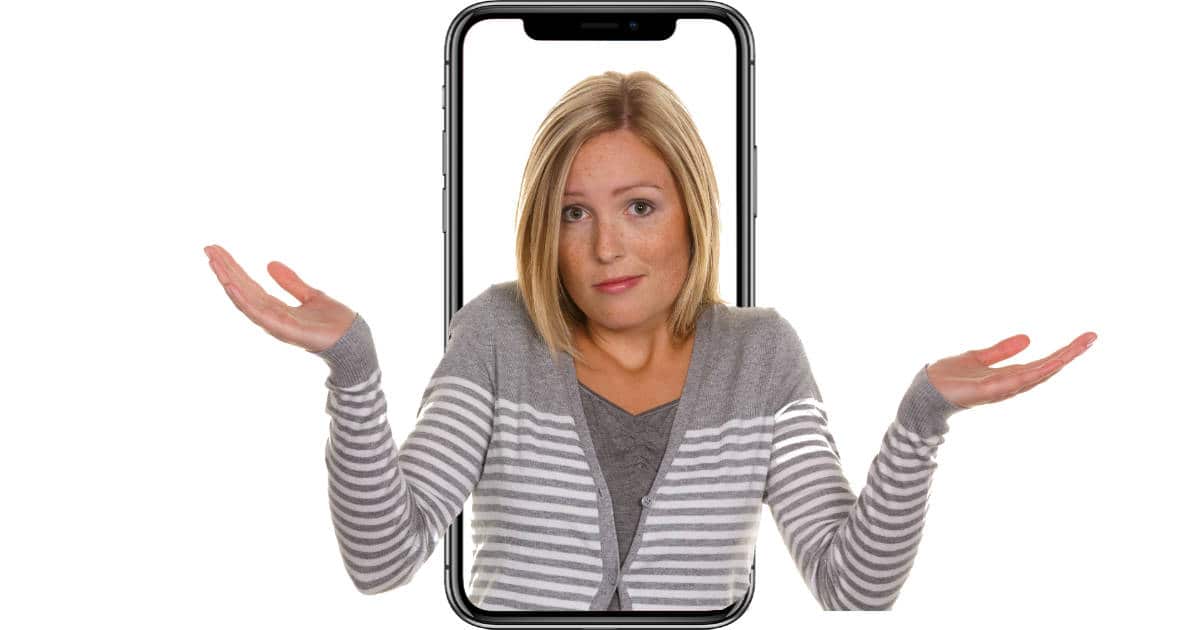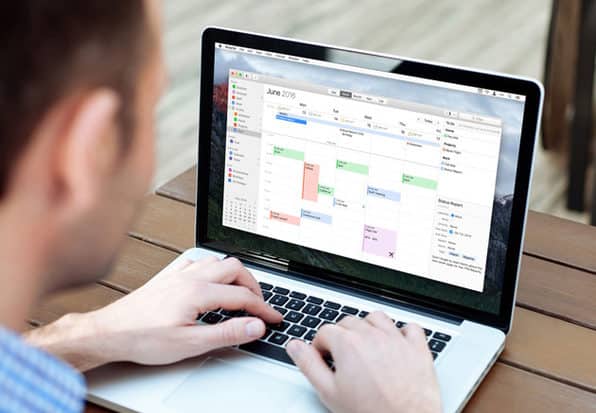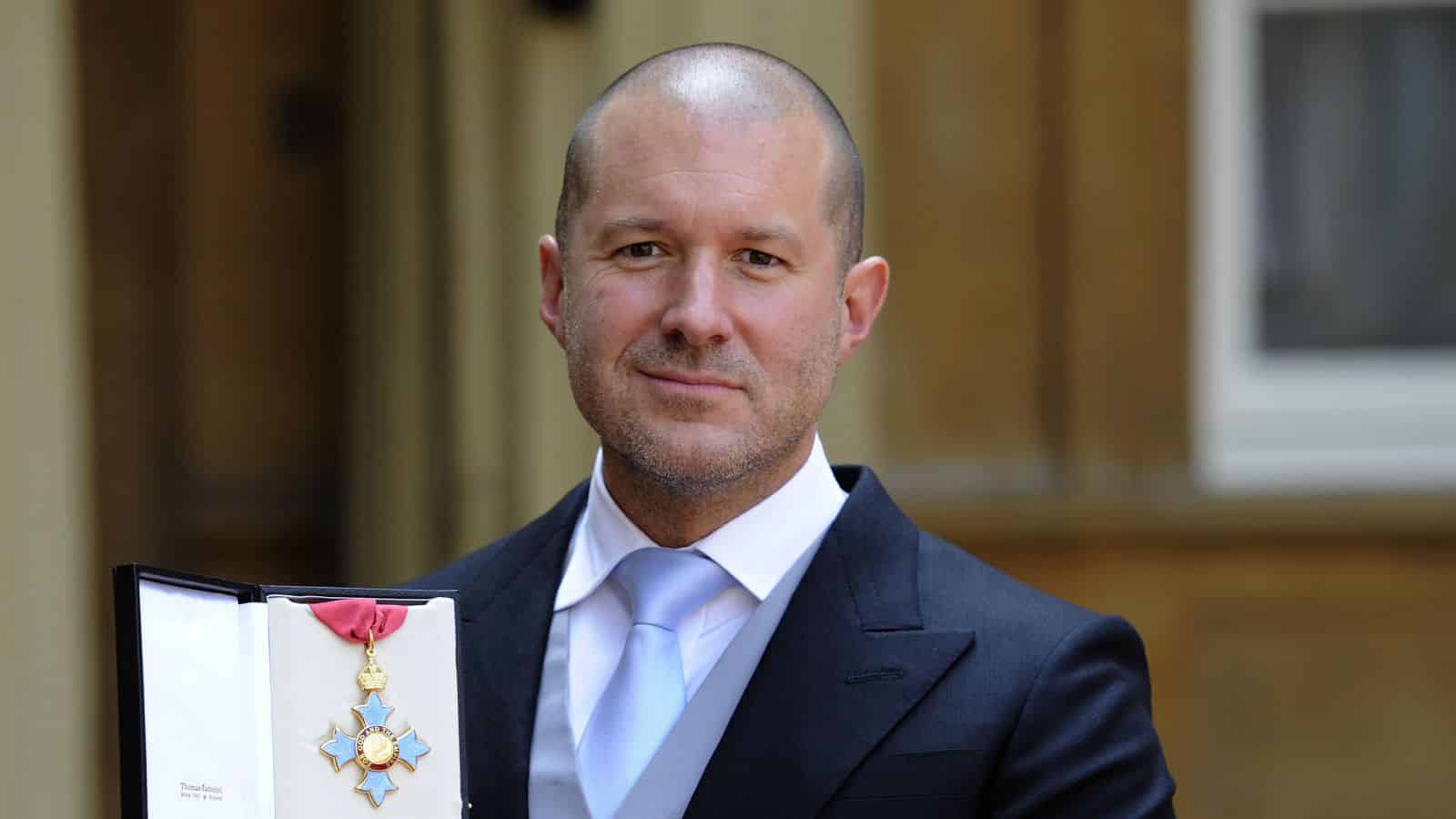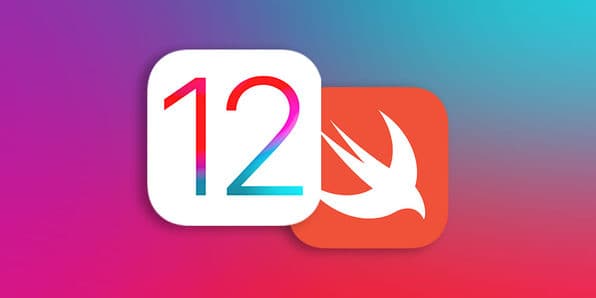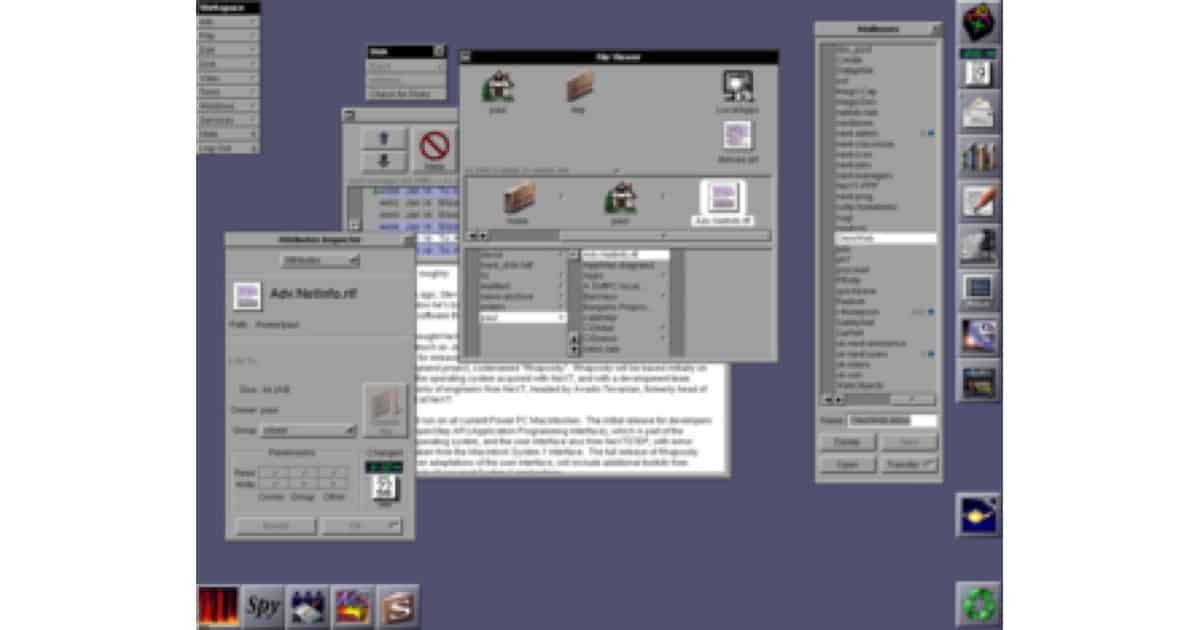We have a deal on a lifetime subscription to Aura Premium, from the Aura Health app. This mobile app is designed to relieve stress and anxiety by providing short mindfulness meditation exercises every day. It’s $79.99 through our deal, an 83% discount.
How to Play Free Classic Arcade Games Online
The Internet Archive has built the Internet Arcade, and it lets you play over a thousand free classic arcade games online.
The majority of these newly-available games date to the 1990s and early 2000s, as arcade machines both became significantly more complicated and graphically rich, while also suffering from the ever-present and home-based video game consoles that would come to dominate gaming to the present day. Even fervent gamers might have missed some of these arcade machines when they were in the physical world, due to lower distribution numbers and shorter times on the floor.
iPhone XS Tests Far Better Than iPhone X in LTE Speeds
At PC Magazine, Sascha Segan has compared LTE speeds of the iPhone X to XS, and the latter is substantially faster. “The new iPhone XS and XS Max use an LTE modem that we’ve never seen used anywhere else: the Intel XMM7560. The 7560 is Intel’s first modem to support all four US wireless carriers, letting Apple drop Qualcomm, the world’s dominant high-end modem supplier.” However, ” … it still doesn’t quite match the Qualcomm X20 modem used in the Samsung Galaxy Note 9.” This is good stuff.
California Just Passed an Internet of Things Law
California Governor Jerry Brown has signed an Internet of Things law covering cybersecurity. California is the first state with a law like this.
Starting on January 1st, 2020, any manufacturer of a device that connects “directly or indirectly” to the internet must equip it with “reasonable” security features, designed to prevent unauthorized access, modification, or information disclosure. If it can be accessed outside a local area network with a password, it needs to either come with a unique password for each device, or force users to set their own password the first time they connect. That means no more generic default credentials for a hacker to guess.
If only it affected all IoT devices, instead of ones created two years into the future.
In This Cafe Students Pay With Their Personal Data
Shiru Cafe’s customers are all college students (as a requirement) and instead of cash students pay with personal data.
To get the free coffee, university students must give away their names, phone numbers, email addresses and majors, or in Brown’s lingo, concentrations. Students also provide dates of birth and professional interests, entering all of the information in an online form. By doing so, the students also open themselves up to receiving information from corporate sponsors…
I know it sounds horrifying, but think of it this way. First, it’s voluntary. If you don’t want to give them your information, you can go to another shop and pay with cash (free market capitalism right there). Second, students will realize how valuable their data is, and maybe rethink giving it away for free in the future to the likes of Google and Facebook. It’s fine if you do, but understanding the tradeoff is important.
Laptop and Monitor Stand with Built-in USB-C Hub: $154.99
We have a deal on a very cool device called the ProBASE HD USB-C laptop and monitor stand—with a built-in USB-C hub. That hub has one USB-C input, as well as output ports for 4K HDMI, USB 3.0 (x3), and USB-C DATA. That makes this device pretty close to a docking station with a built-in stand, and it will even look good with your Apple gear. It’s $154.99 through our deal. Check out the promo video.
Comparison of iPhone X and iPhone XS Video
It takes a lot of work to photograph or video identical scenes when comparing iPhone cameras, so I appreciated this very nice article comparing iPhone X to XS video. Also, here’s a snippet that has been widely overlooked: “Both the XS and XS Max can now record audio in stereo, which adds another layer of depth to recordings. By contrast, all iPhone models up to 2018, including the iPhone X, recorded sound in mono.” Have a look.
UK Approval for Apple Watch ECG Could Take Years
U.K. regulatory approval for Apple Watch ECG feature could take years. Ben Lovejoy reached out to the Medicines and Healthcare products Regulatory Agency.
You may need to carry out a clinical investigation as part of the process to obtain a CE marking for your medical device. You must inform MHRA if you are planning to do this at least 60 days before starting your investigation [providing] some basic details about the investigational device, the intended population, the type of study, and estimated application date.
It turns out that Apple only got FDA approval one day before the keynote. It’s probable that Apple has been working with UK regulatory bodies all along, and that process just takes longer than here in the U.S.
Clearing Up Misinformation About That Facebook Phone Number Ad Thing
What I call the “Facebook phone number ad thing” has been in the news a lot. Facebook confirmed it uses your two-factor authentication phone number for advertising purposes. But let’s cut through the clickbait headlines.
One of the many ways that ads get in front of your eyeballs on Facebook and Instagram is that the social networking giant lets an advertiser upload a list of phone numbers or email addresses it has on file; it will then put an ad in front of accounts associated with that contact information.
Facebook is not handing out your phone number to advertisers. What is happening is if an advertiser already has a phone number, they can go to Facebook and say: “Please show an ad to the profile with this phone number.” The only difference now is that Facebook uses your two-factor authentication number for this, even if you haven’t put your phone number in your profile elsewhere. Still sh*tty though.
Inflatable, Solar-Powered, and Completely Waterproof Portable iPhone Charger
We have a deal on the LuminAID PackLite Max 2-in-1 Phone Charger. This device is inflatable, solar powered, and waterproof, and it’s part lantern, part portable battery for charging your iPhone and other devices. The lantern puts out 150 lumens, while the battery has a capacity of 2,000mAh. It’s $39.95 through our deal. Check out the promo video.
The Guy Who Named the iMac Says iPhone Naming Sucks
Ken Segall, the guy who came up with the iMac name, says Apple has totally blown it with the iPhone naming convention—or lack of convention. He says it’s confusing, and mixing Roman numerals with letters, and making those letters seem arbitrary at best. He says in a blog post,
Last year’s models set new standards for complexity. We had an 8, 8 Plus, X and SE. That’s two numbers, one Roman numeral, one paring of letters, plus an odd numerical gap between 8 and 10. Or, in Apple lingo, between 8 and X.
Now we have Roman numerals and letters, and odds are it’ll get worse next year with the iPhone X2. He adds, “Then, one year later, the Holy Grail of bad product naming will be within Apple’s grasp. An iPhone X2S will feature a Roman numeral, a number and a letter, all in one name.” Yep. Good luck with that one, Apple.
Ajit Pai Couldn't Care Less About Rural America
Republicans don’t want the government to interfere with things…until they use the government to interfere with things. Rural America is notorious for its lack of broadband, and Ajit Pai couldn’t care less.
The Federal Communications Commission today finalized an order that will prevent city and town governments from charging wireless carriers about $2 billion dollars’ worth of fees related to deployment of wireless equipment such as small cells.
The $2 billion savings is less than 1 percent of the estimated $275 billion that carriers will have to spend to deploy 5G small cells throughout the US. That level of savings won’t spur extra deployment “because the hard economics of rural deployment do not change with this decision,” Rosenworcel said.
Websites Can Access Your iPhone Sensor Data
As if apps collecting your personal data wasn’t bad enough, apparently websites in Safari can access your iPhone sensor data.
That mobile browsers offer developers access to sensors isn’t necessarily problematic on its own. It’s what helps those services automatically adjust their layout, for example, when you switch your phone’s orientation. And the World Wide Web Consortium standards body has codified how web applications can access sensor data. But the researchers…found that the standards allow for unfettered access to certain sensors. And sites are using it.
BusyCal 3: $19.99
We have a deal on BusyCal 3, one of our favorite utilities at TMO. This Calendar replacement is designed for power users, giving you far more control over your Calendar and events. Custom categories, icons, graphics…this app gives you all the things you wish Apple would put into Calendar, all while using your Apple calendar database, so you don’t worry about syncing. You can get it for $19.99 through us, 60% off retail.
Does Blue Light From Smartphones Cause Blindness?
Does blue light from smartphones cause blindness? Short answer: No. Headlines claiming that the blue light from our smartphones have been making the rounds. As is usually the case with the media when it comes to science, there’s always greater context (or it’s just downright BS).
The American Academy of Ophthalmology spelled it out recently: No, Blue Light From Your Smartphone Is Not Blinding You. That was in response to a study published this summer that found blue light, plus a chemical naturally found in certain eye cells, could damage cells. The catch: researchers did not use any actual cells from our eyes, because our eyes have defenses against exactly this sort of damage. (They were studying a question unrelated to eye health; the Verge has more on the purpose and meaning of the experiment.)
Teen gets Probation for Hacking into Apple Servers
The Australian teen who was arrested for hacking into Apple’s servers and making off with more than 90 GB of data has been sentenced to eight months probation. The defendant’s attorney said it was all innocent fun because he was just a big Apple fan. The magistrate, however, saw it differently. Bloomberg quotes her:
Your offending is serious. It was sustained, sophisticated, and a successful attack on the security of a major multinational corporation.
The teen’s “fun” took place between June 2015 and November 2016, and again in April 2017. He’s lucky, because had he been charged as an adult he could’ve been facing 10 years in jail.
Sir Jony Ive 2nd Person to Be Awarded Stephen Hawking Fellowship
Sir Jony Ive—Chief Design Officer at Apple—was named as the second recipient of the Professor Hawking Fellowship from Cambridge University. This award is an honorary scholarship developed with Stephen Hawking before his death. It was designed to recognize contributions to both STEM fields and social discourse, according to Varsity (via 9to5Mac). And Sir Jony is expected to deliver an address when accepting the award. From Varsity:
At the announcement, Connor speculated that Ive’s lecture in Michaelmas term would include “reflection on his career, split with a more general reflection on technology and design as a whole”.
YouTube App for iOS Gains HDR Support
I’m interested in all things UHD/4K/HDR, so this caught my attention. Previously, YouTube’s iOS app didn’t support High Dynamic Range (HDR) video on Apple’s three OLED iPhones. That means HDR10 and Dolby Vision. Now it does, so here’s link to more details. Note that Apple’s new LCD iPhone, the iPhone XR, will also support HDR video playback, according to Apple’s specs.
Here's How to Spot Fake Apple Products
There are plenty of fake Apple products out there, including chargers that could damage your device. Phys.org provides some things to look out for.
One of the biggest selling points for counterfeits is their cheap price as an alternative to Apple’s accessories. Good news: There are plenty of legitimate options outside of Apple made by third parties…When in doubt, look out for those “Made for iPhone” or “MFi certified” labels and descriptions to make sure what you’re buying will work as expected.
Kids Already Working Around iOS 12 Screen Time Limitations
Screen Time in iOS 12 sounds like a great way to keep your kids from spending too much time playing on their iPhone or iPad—unless you’re a kid. To that end, kids have already found ways to work around parent-imposed limits. Some are changing the date and time on their devices, and others are more creative. Business Insider reports one parent saying,
Finally today, my son revealed his hack: When he runs out of screen time and his games get locked, he heads to App Store, downloads a previously installed (but later removed) game through the cloud icon, and it works without limitations!
That’s how resourceful a 7-year-old can be. Maybe Apple should start hiring kids for its Screen Time team.
How Much Does it Cost to Charge an iPhone For a Year?
ZDNet recently did some interesting research. Adrian Kingsley-Hughes wanted to know how much it would cost in electricity to charge an iPhone 6 Plus for a year. He chose this model because it has the biggest capacity battery Apple offers in an iPhone. The result will shock you (pun intended).
On average, during an overnight charge, the iPhone consumed an average of 19.2 Wh. According to figures published by the US Energy Information Administration for January 2016, the average cost per kWh in the US was $0.12. Remember that 1 kWh equals 1,000 Wh. So, take our average of 19.2 Wh per day, multiplying that by 365 days, we get 7 kWh, which works out at $0.84 a year. So if you guess under a dollar, well done.
That’s right, it costs less than a dollar for an entire year. The more you know!
The Complete iOS 12 and Swift Developer Course: $10.99
We have a deal for developers called the Complete iOS 12 and Swift Developer Course. It includes more than 40 hours of training led by Rob Percival. You’ll cover Swift 4 and Xcode 12, build your own apps, work with ARKit, and a lot more. Check out the details in the deal listing. This course is $10.99 through us.
The Origins of macOS: Steve Jobs and NeXTSTEP
It’s easy to forget where and when macOS had its earliest origins. Its tumultuous path had its earliest start with Steve Jobs at NeXT. “NeXTStep was developed primarily by Avie Tevanian. The coder previously worked on the Mach microkernel, a supercharged version of UNIX, at Carnegie Mellon University. Jobs convinced Tevanian to join NeXT instead of taking what, in the short term, would have been a far more lucrative job at Microsoft.” This is a nifty, concise history of how it all started.
Cloudflare Works to Make the Web More Private With ESNI
Cloudflare is implementing a feature that encrypts your Server Name Indication (SNI). The new technology will be called ESNI.
But, today, as HTTPS covers nearly 80% of all web traffic, the fact that SNI leaks every site you go to online to your ISP and anyone else listening on the line has become a glaring privacy hole. Knowing what sites you visit can build a very accurate picture of who you are, creating both privacy and security risks.
This is a big change. Basically it will stop ISPs, rogue apps, and advertising companies from collecting and selling your browsing history. ESNI will hide the identities of the websites you visit.
